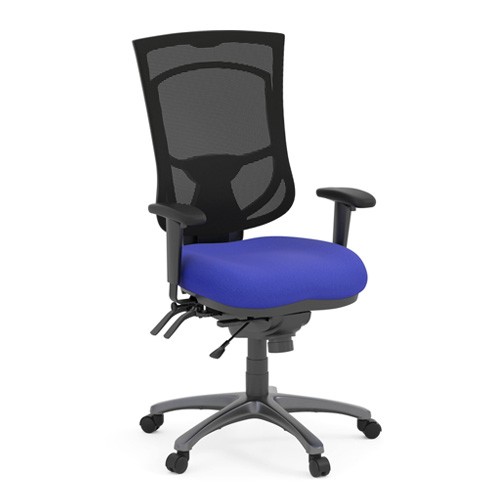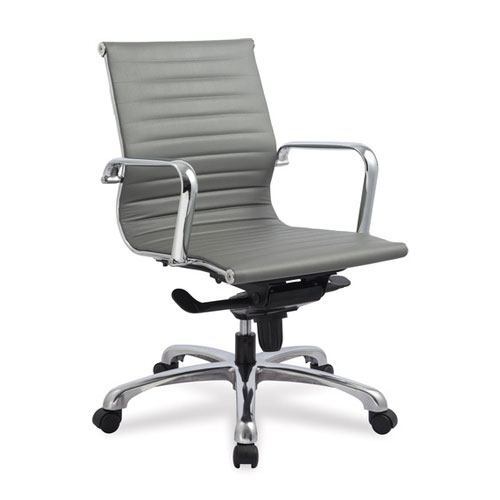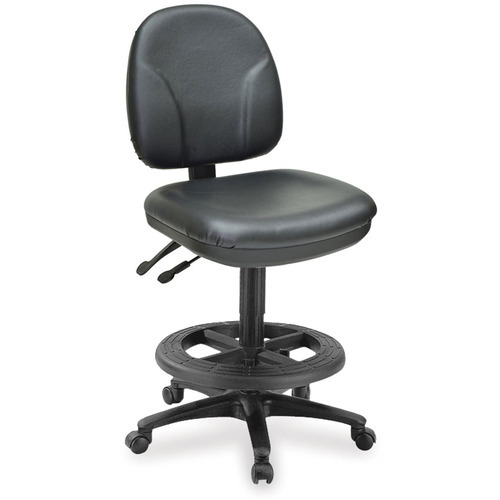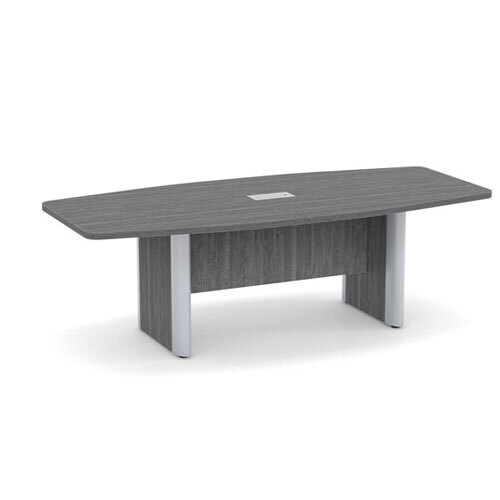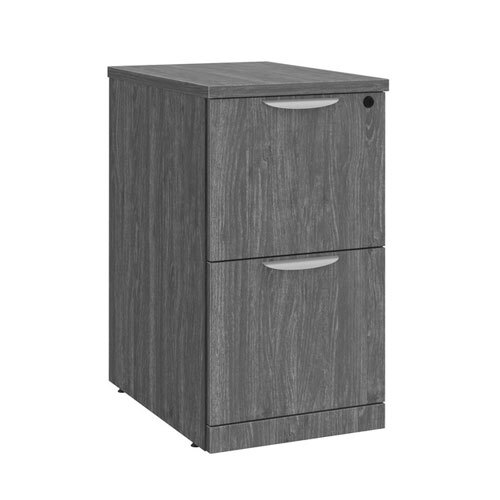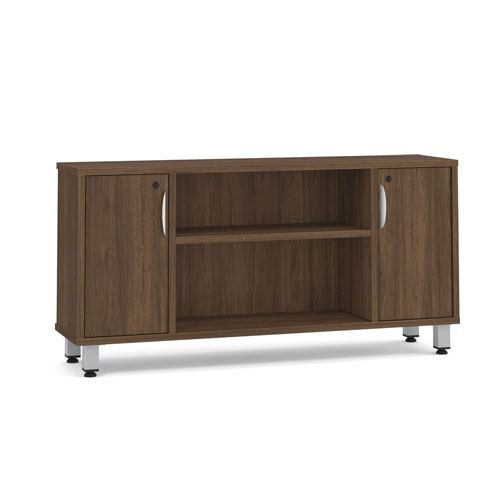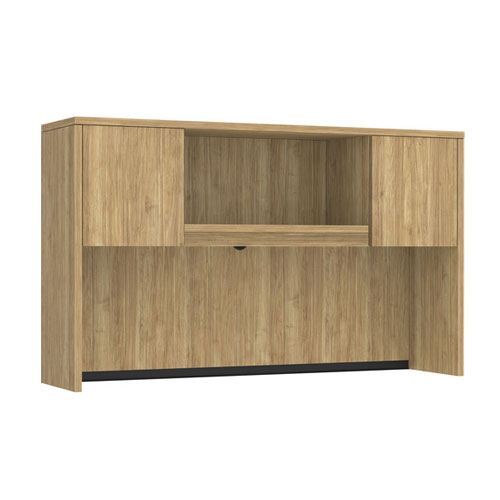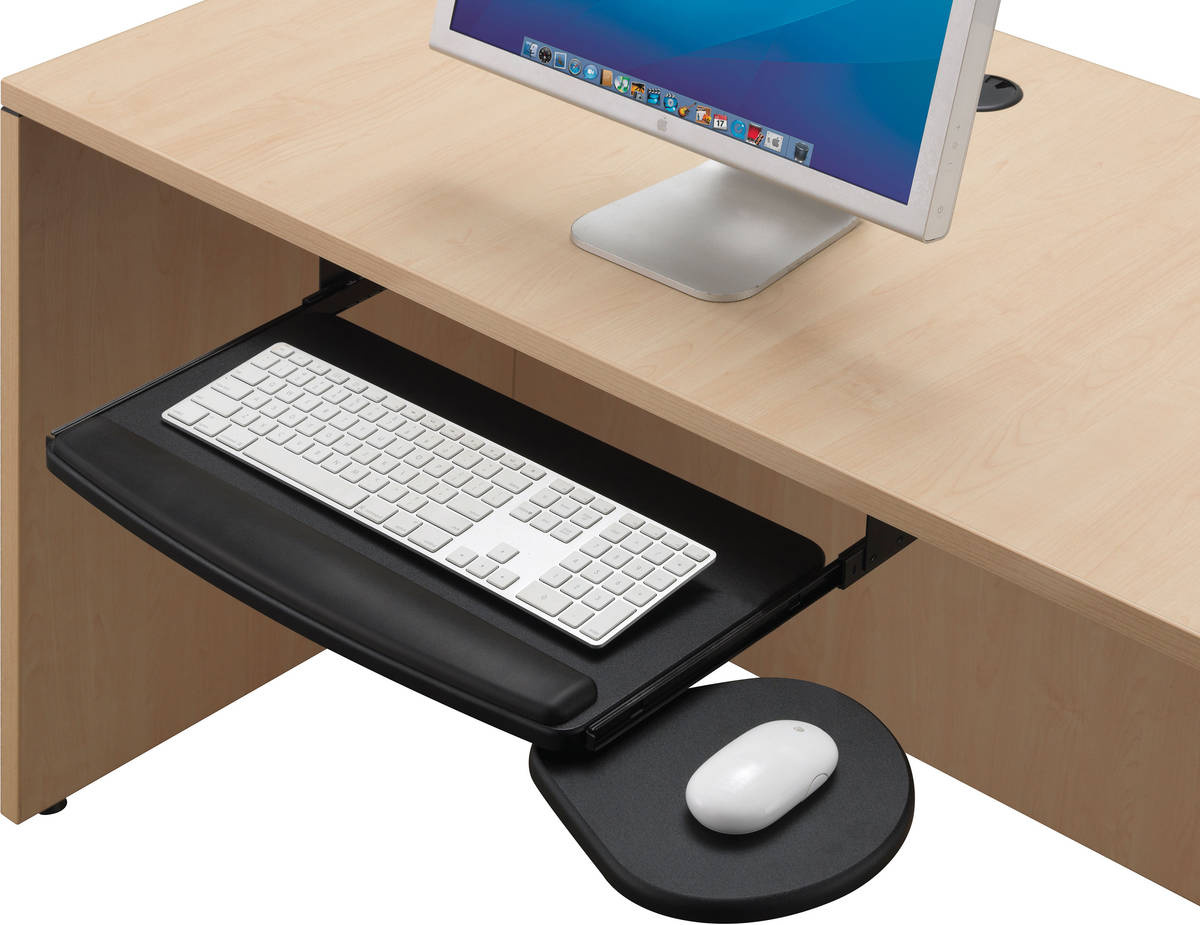Office Tables
Shop All Office Tables
Rectangular Folding Table - 30" x 60"
p/n: FBM3060GREY
Built with high-density plastic and a steel frame, this folding table is sturdy and secure for various applications.
Rectangular Folding Table - 30" x 72"
p/n: FBM3072GREY
Built with high-density plastic and a steel frame, this folding table is sturdy and secure for various applications.
Rectangular Folding Table - 30" x 96"
p/n: FBM3096GREY
Built with high-density plastic and a steel frame, this folding table is sturdy and secure for various applications.
Round Folding Table
p/n: FBMR60GREY
Maximize your table space with this durable and easy-to-use folding table.
Coopertown Round End Table 24" - Aspen
p/n: COOET3624NAPNAPNBLK
Coopertown Round End Table 24" - Espresso
p/n: COOET3624NESPESPBLK
Coopertown Round End Table 24" - Modern Walnut
p/n: COOET3624NMWNMWNBLK
Coopertown Round End Table 24" - Newport Grey
p/n: COOET3624NNPGNPGBLK
Coopertown Round End Table 24" - Silver Birch
p/n: COOET3624NSLBSLBBLK
Coopertown Round End Table 24" - White
p/n: COOET3624NWHTWHTBLK
Coopertown Round End Table 30" - Aspen
p/n: COOET3630NAPNAPNBLK
Coopertown Round End Table 30" - Espresso
p/n: COOET3630NESPESPBLK
Coopertown Round End Table 30" - Modern Walnut
p/n: COOET3630NMWNMWNBLK
Coopertown Round End Table 30" - Newport Grey
p/n: COOET3630NNPGNPGBLK
Whether it’s for a quick catch-up, a brainstorming session, or even lunchtime chats, office tables help spark creativity and make collaboration easier. A good table can turn any space into a spot where ideas flow and connections happen, helping your team work better and feel more connected in the office.
Why Choose Source Office Furniture
Having helped businesses and organizations work better for over 40 years, we know that office tables are the unsung heros when it comes to collaboration and connection. At Source, you'll find a range of table options that are stylish, durable, and the perfect spot to engage in meaning conversation.











